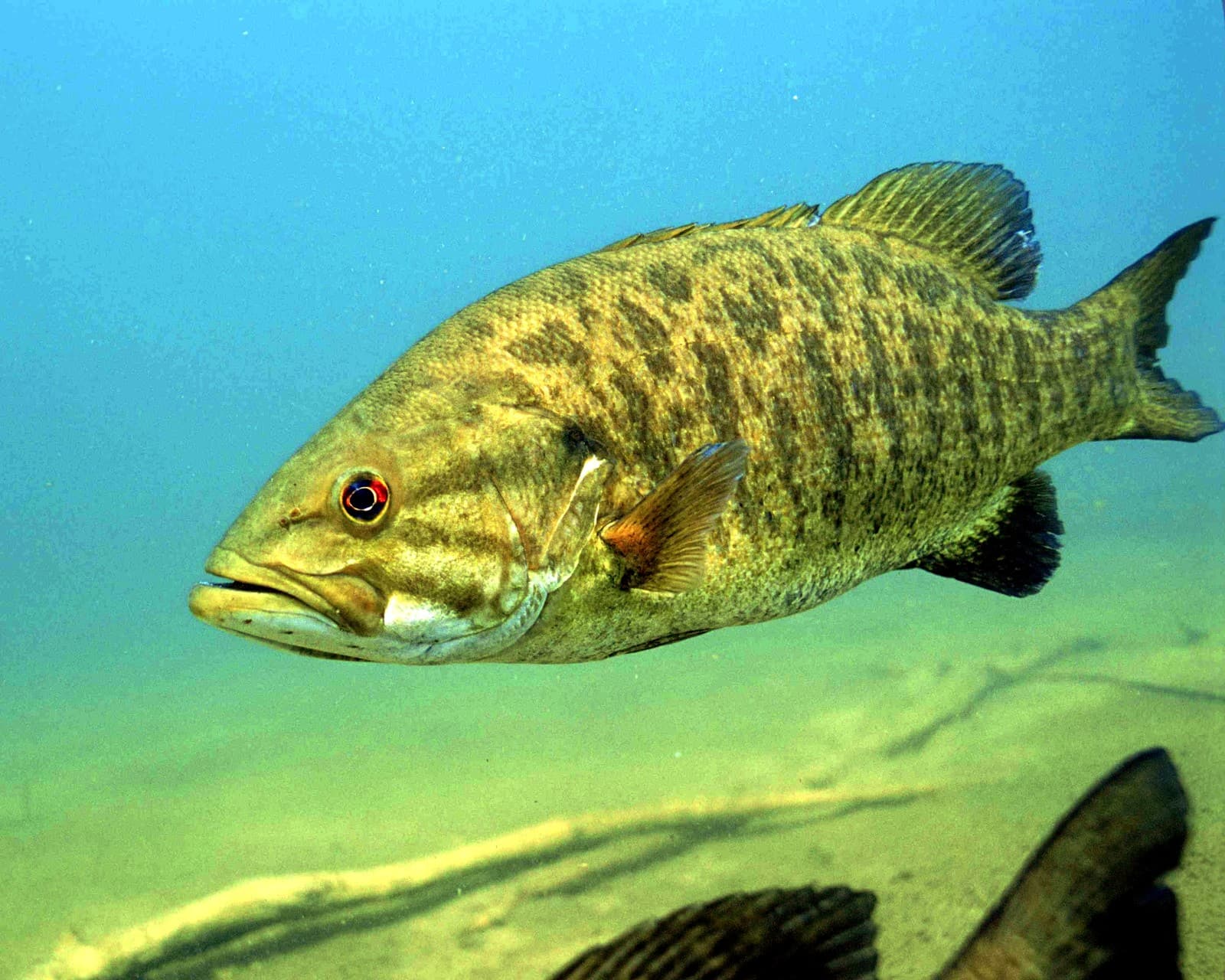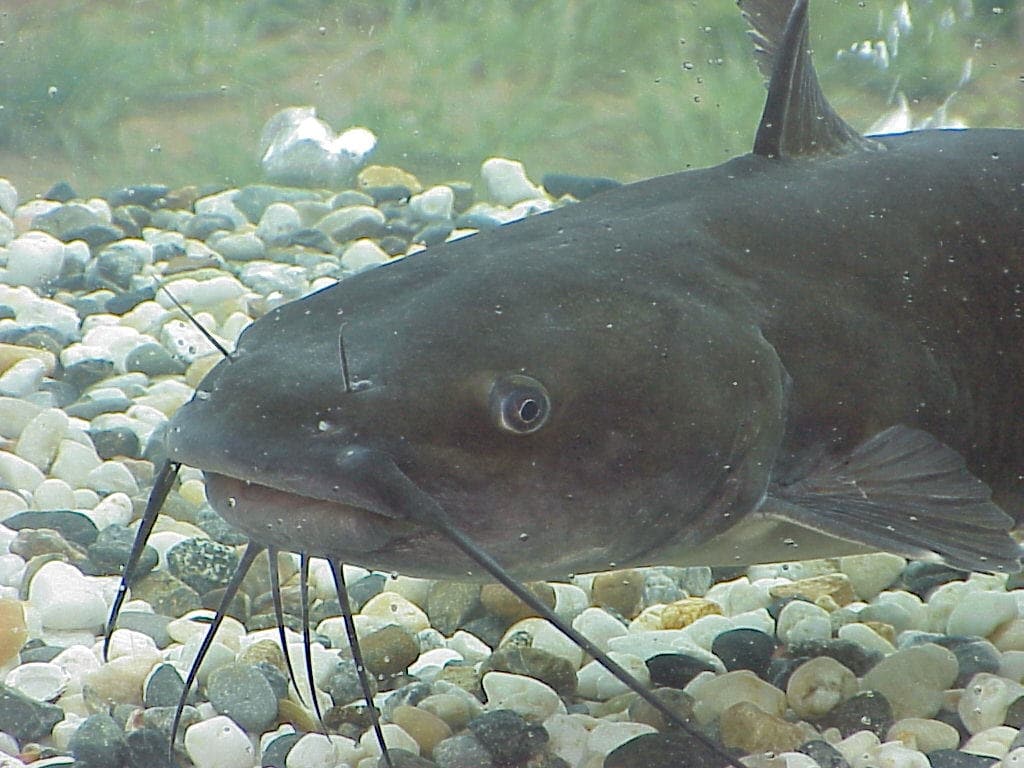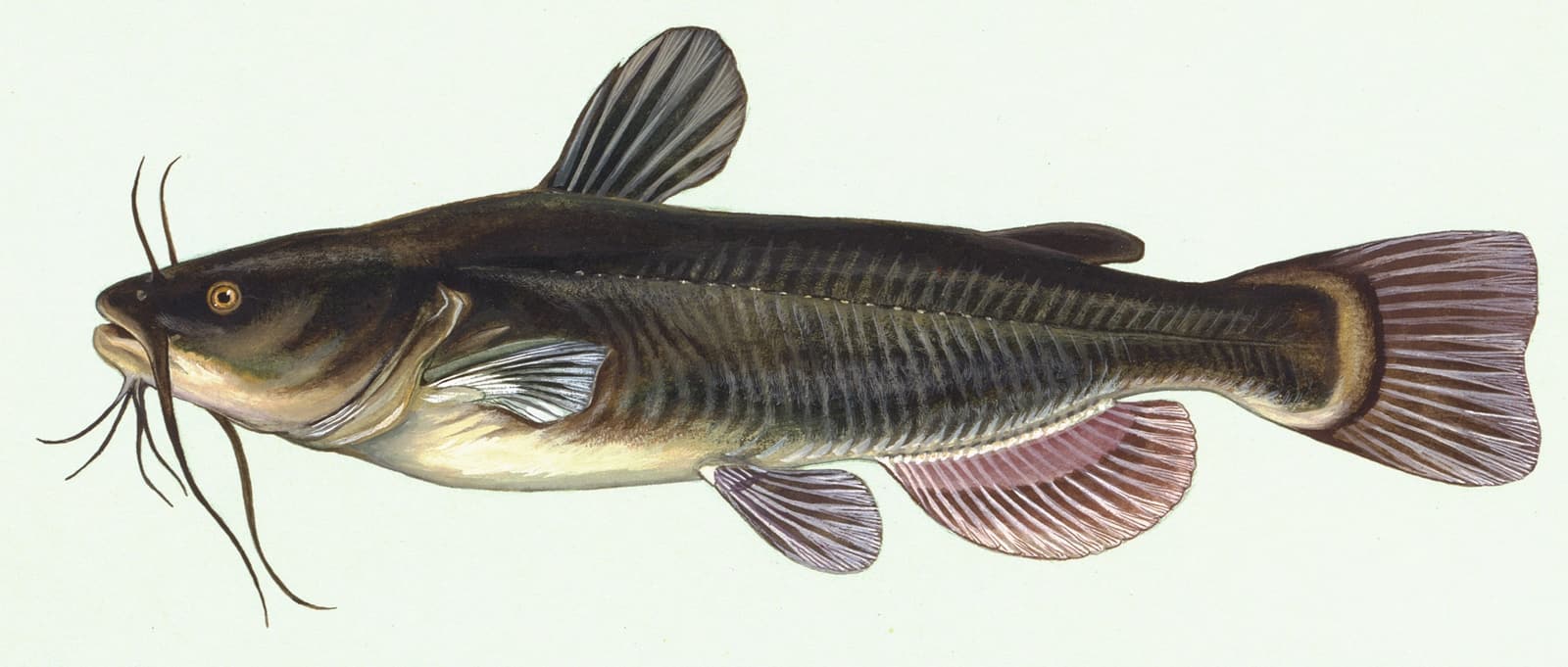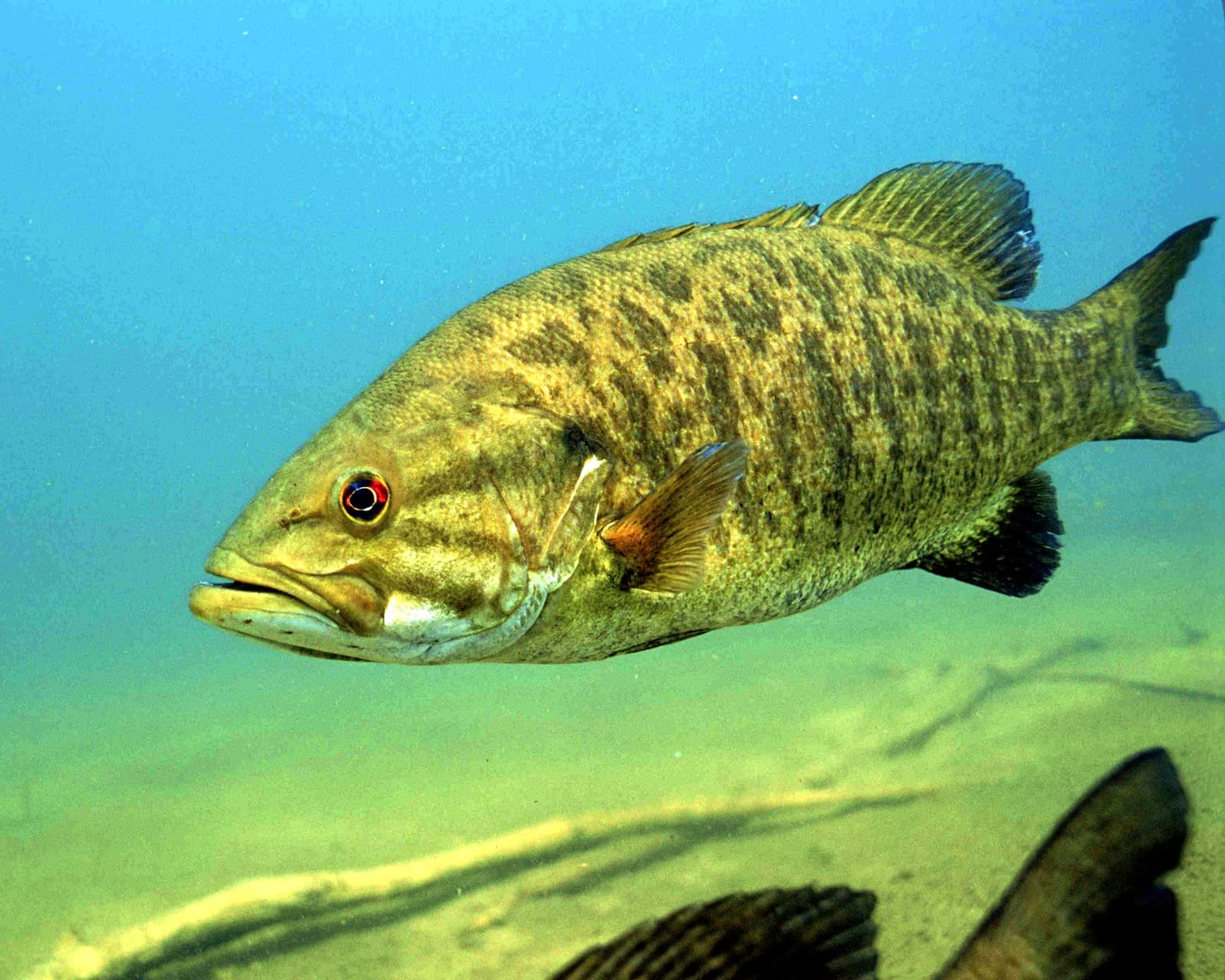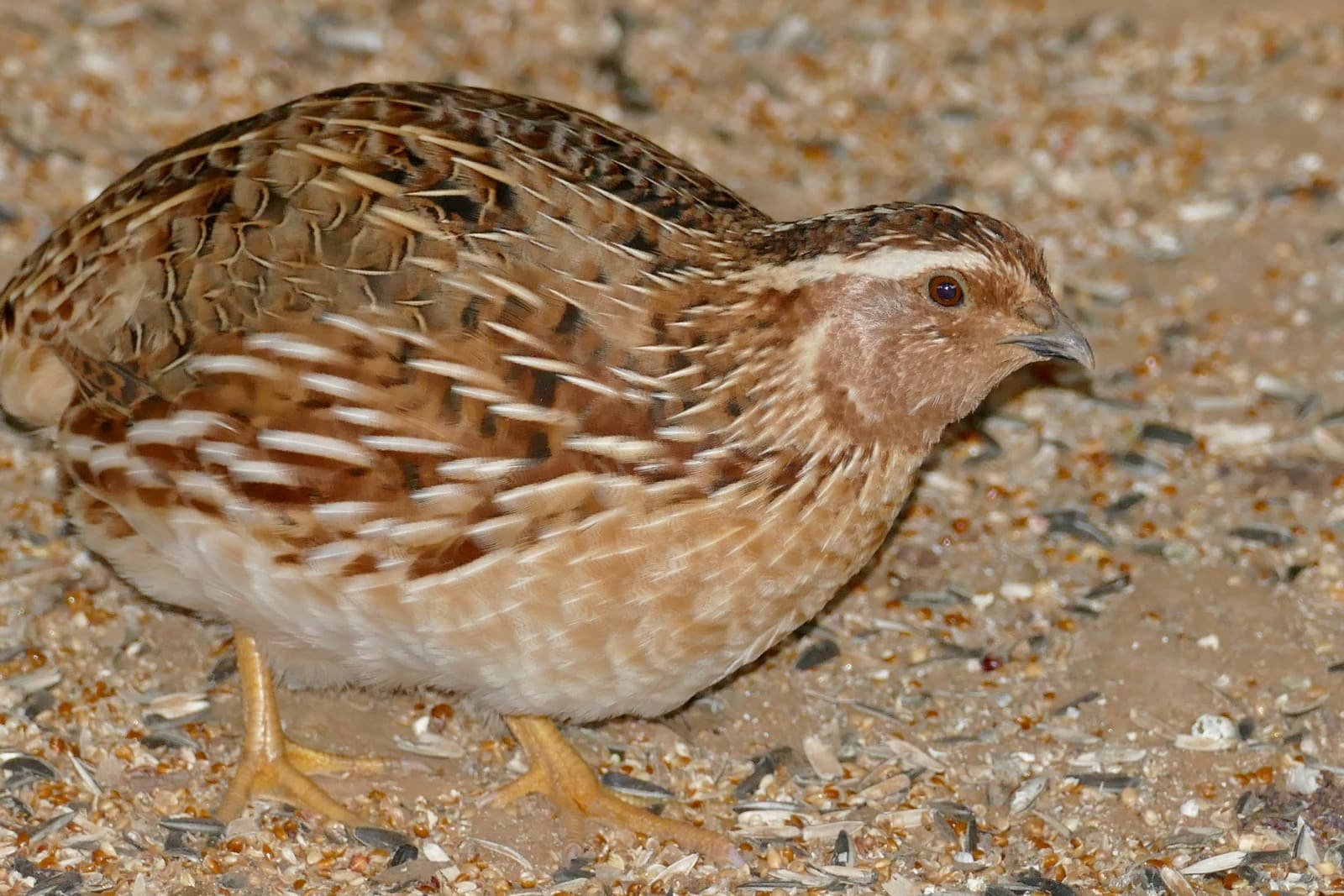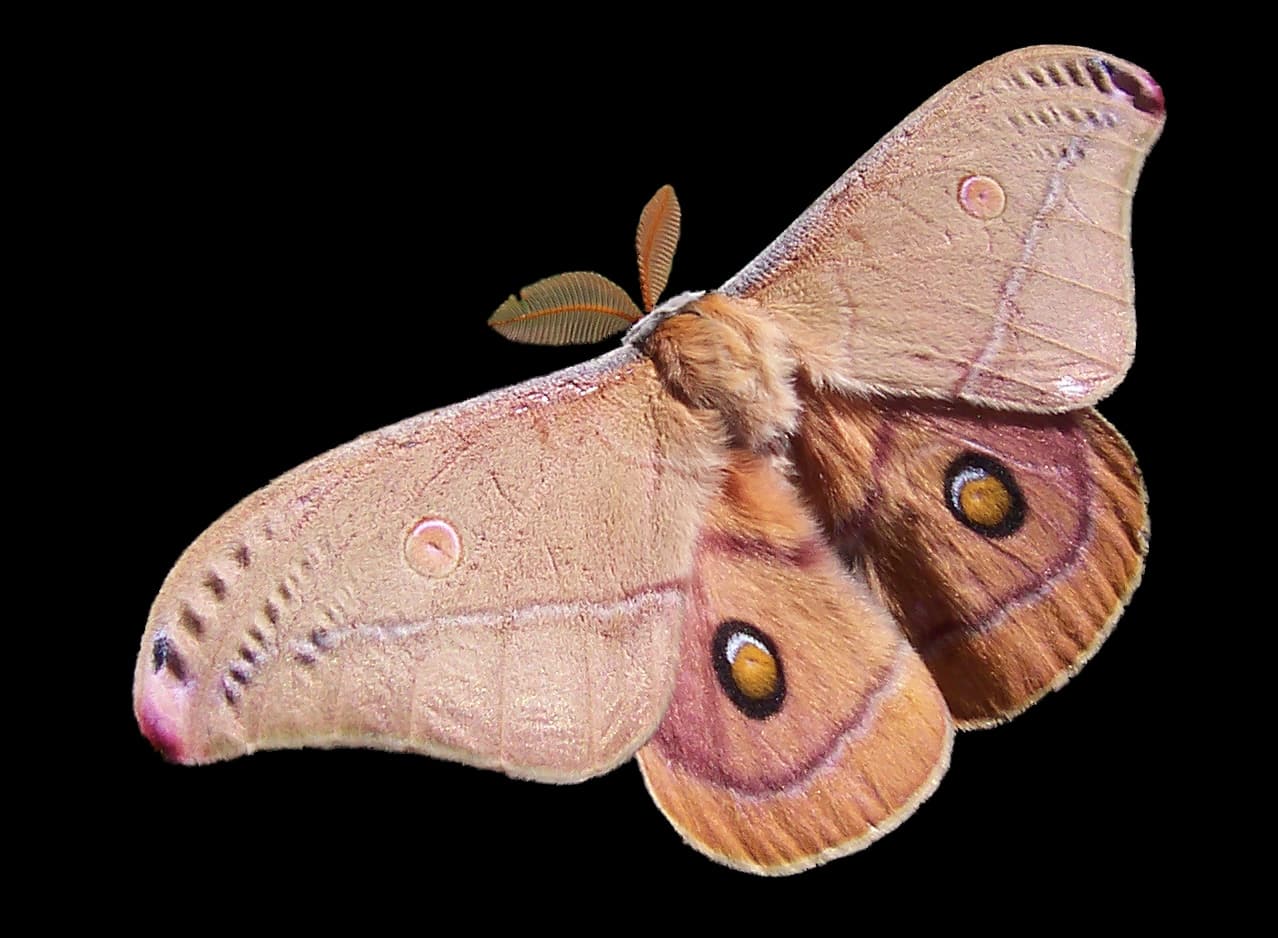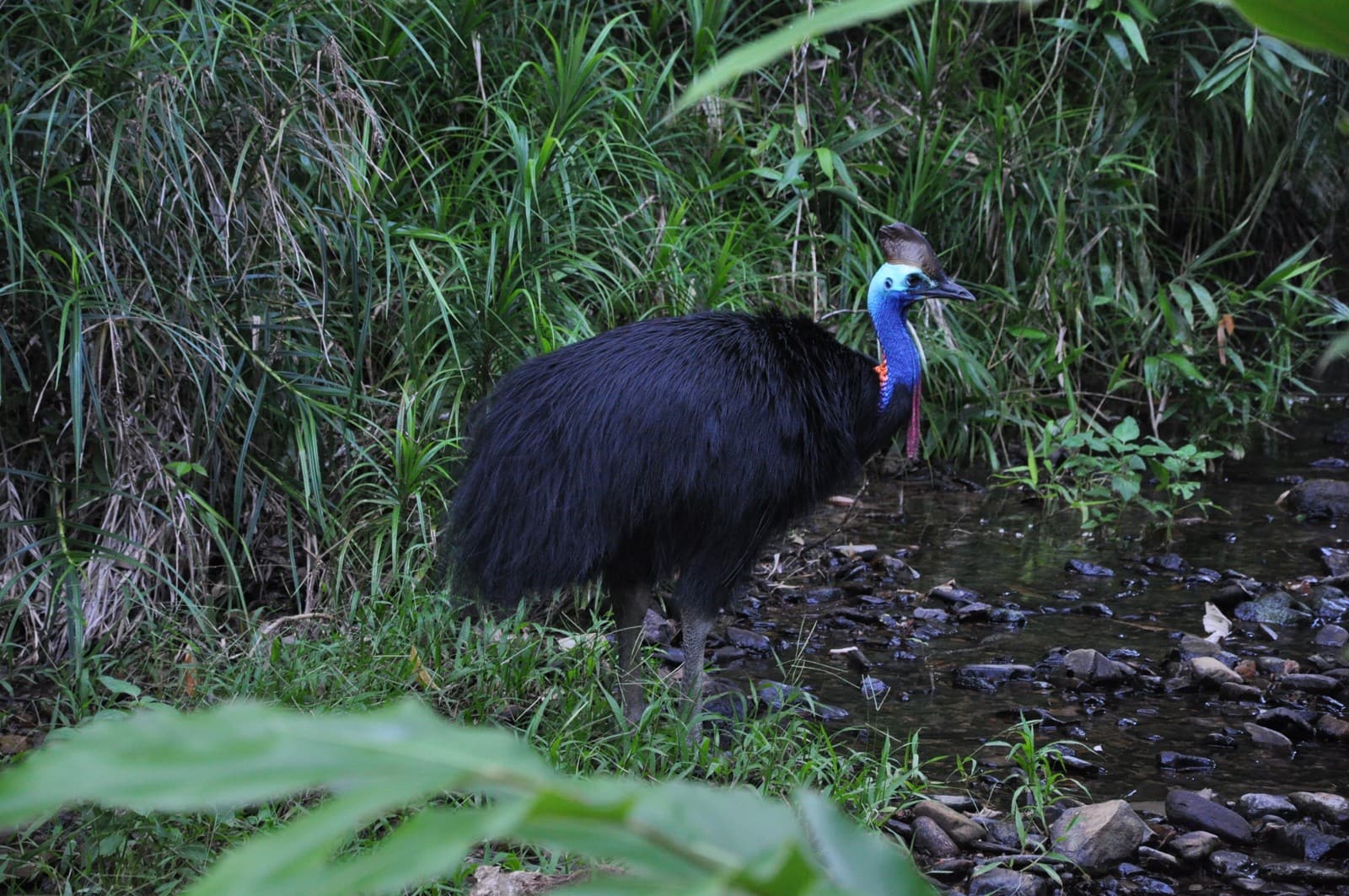Catfish vs Carp: A Complete Comparison
When comparing catfish vs carp, we’re examining two of freshwater’s most remarkable success stories. While both species can grow to impressive sizes – with channel catfish reaching 40-50 pounds (18-23 kg) and common carp potentially exceeding 60 pounds (27 kg) – they differ dramatically in their physical characteristics, feeding habits, and environmental impact.
These two species represent distinct evolutionary paths in freshwater ecosystems. Catfish, with their smooth, scaleless bodies and sensitive barbels, evolved as nocturnal predators, while carp developed tough, armor-like scales and became opportunistic bottom feeders. Understanding these differences is crucial for anglers, conservationists, and aquaculture professionals alike.
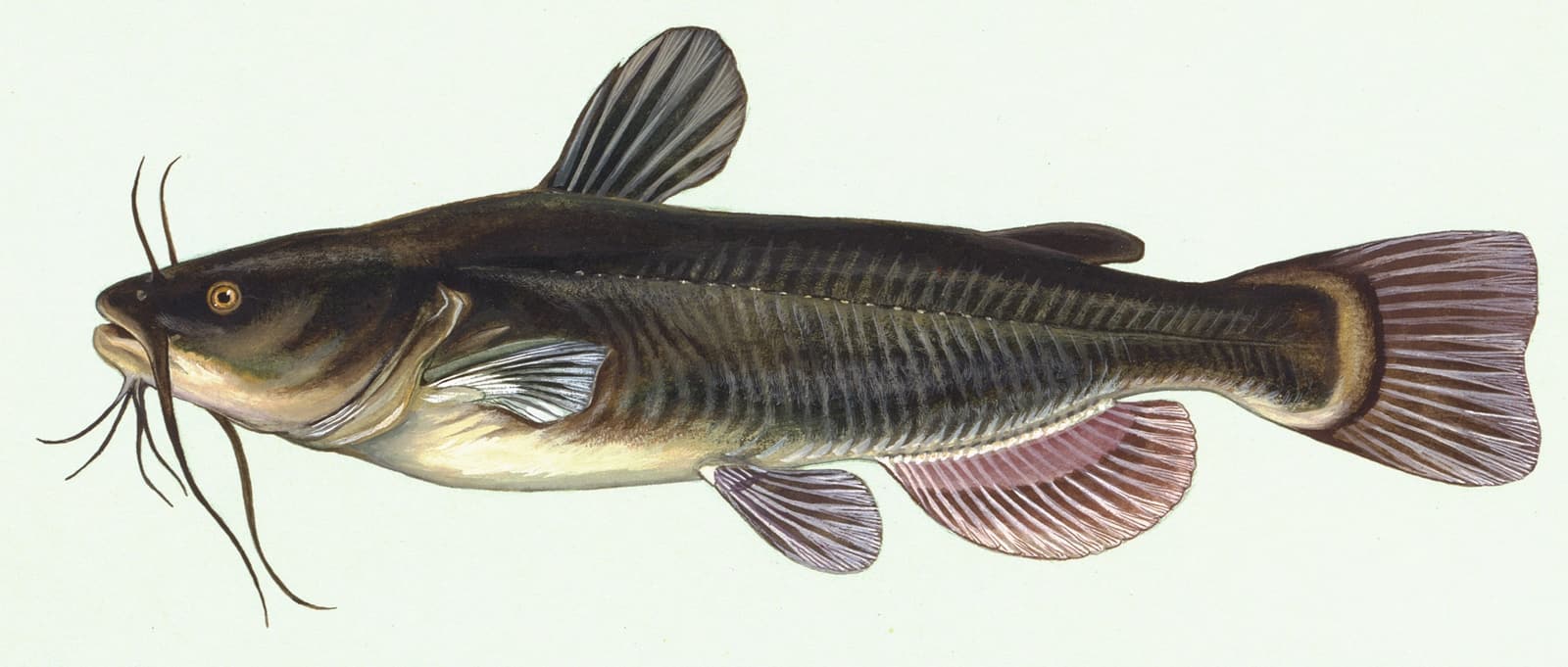
The channel catfish exhibits the classic features that define the species: prominent barbels (whiskers), smooth scaleless skin, and a streamlined body built for both power and stealth. These adaptations make them perfectly suited for their role as underwater predators.
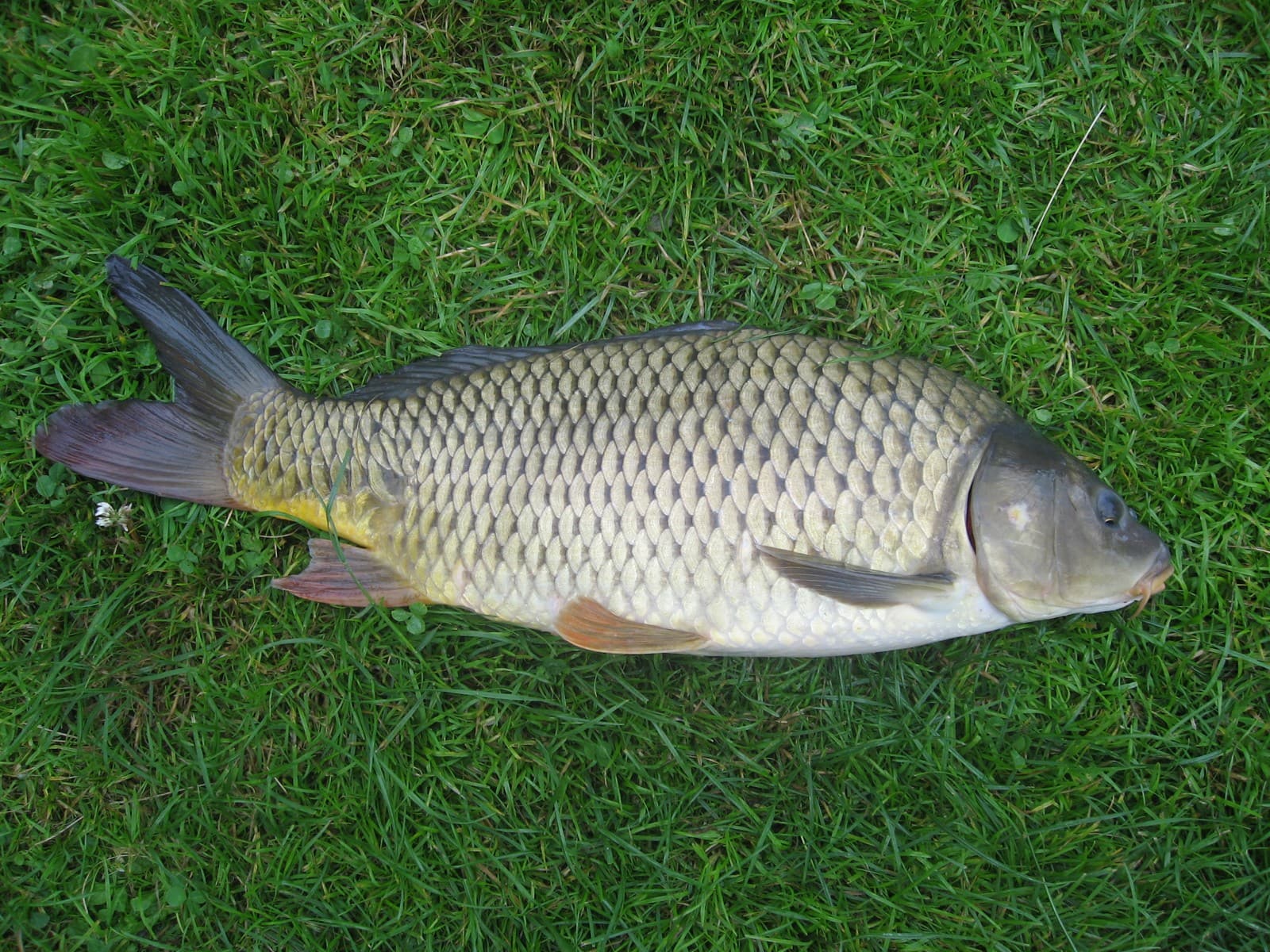
The common carp demonstrates its distinctive features: large, metallic scales arranged in a precise pattern, robust body shape, and the characteristic downturned mouth adapted for bottom feeding. These features reflect its ancient lineage and successful adaptation to various environments.
Key Differences Between Catfish and Carp
| Feature | Catfish | Carp |
|---|---|---|
| Skin/Scales | Smooth, scaleless skin | Large, tough scales |
| Sensory Organs | 8 prominent barbels | No barbels, sensitive lips |
| Average Size | 20-30 inches (51-76 cm) | 15-25 inches (38-64 cm) |
| Maximum Weight | Up to 150 lbs (68 kg) | Up to 100 lbs (45 kg) |
| Feeding Habits | Predatory/scavenging | Omnivorous/bottom feeding |
| Native Range | Americas, Asia, Africa | Asia, Eastern Europe |
Habitat and Distribution
Catfish and carp often share similar waterways but utilize them differently. Catfish prefer deeper channels and structure-rich environments, particularly around sunken logs, deep holes, and undercut banks. They’re most active during low-light conditions and at night.
Carp, meanwhile, thrive in shallow, warm waters with abundant vegetation and soft bottoms. They’re typically more active during daylight hours, especially in the early morning and late evening. Both species demonstrate remarkable adaptability to various water conditions, though carp show greater tolerance for poor water quality.
Feeding Behavior and Diet
Catfish Feeding Patterns
- Primary diet: Live fish, crayfish, insects
- Hunting strategy: Ambush predator
- Active periods: Predominantly nocturnal
- Seasonal patterns: Most active in warm months
Carp Feeding Patterns
- Primary diet: Plants, insects, crustaceans
- Feeding strategy: Bottom grubbing
- Active periods: Mainly diurnal
- Seasonal patterns: Year-round activity with spring peak
Impact on Local Ecosystems
While catfish are often valued components of their native ecosystems, carp can significantly impact aquatic environments. Carp’s bottom-feeding behavior can increase water turbidity and uproot aquatic vegetation, potentially degrading habitat quality for other species. Catfish, particularly in their native ranges, typically maintain more balanced ecological relationships.
Angling Considerations
Catfish Fishing Tips
- Best times: Night fishing most productive
- Preferred baits: Cut bait, live bait, stinkbaits
- Typical gear: Heavy-duty tackle, 20-30 lb test line
- Season peak: Summer months
Carp Fishing Tips
- Best times: Dawn and dusk
- Preferred baits: Corn, boilies, dough balls
- Typical gear: Medium-heavy tackle, 15-20 lb test line
- Season peak: Spring through fall
Conservation Status
Both species face different conservation challenges. While most catfish species maintain stable populations in their native ranges, some species face pressure from habitat loss and overfishing. Carp, considered invasive in many regions outside their native range, often face active management efforts to control their populations and minimize ecological impact.
Economic Importance
Both catfish and carp play significant roles in global aquaculture and recreational fishing. Catfish farming, particularly in the southern United States, represents a multi-billion dollar industry. Carp, while less popular in North America, remains one of the most widely cultivated fish species globally, particularly in Asia and Eastern Europe.
This comprehensive comparison of catfish vs carp reveals two remarkably successful yet distinctly different freshwater fish species. Each has evolved unique adaptations and life strategies, contributing to their widespread distribution and importance in both natural ecosystems and human culture.
